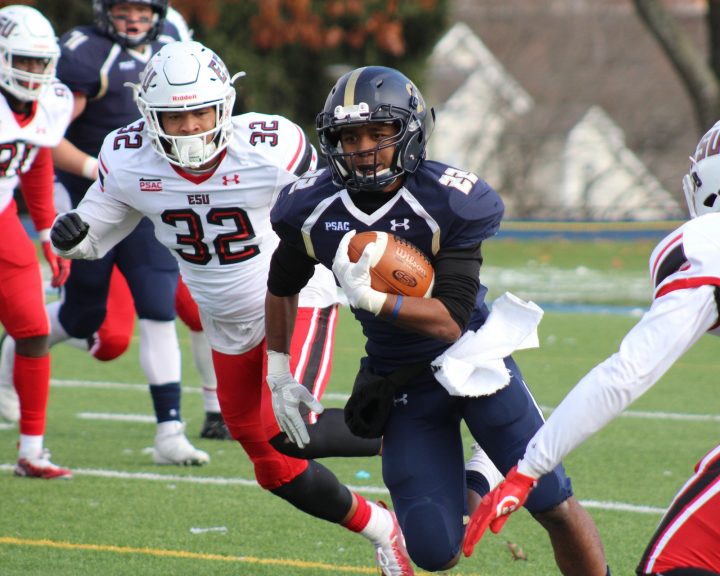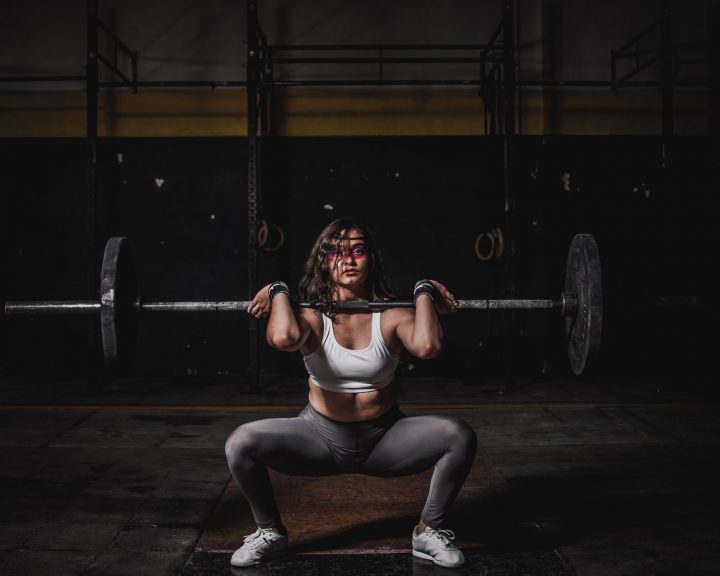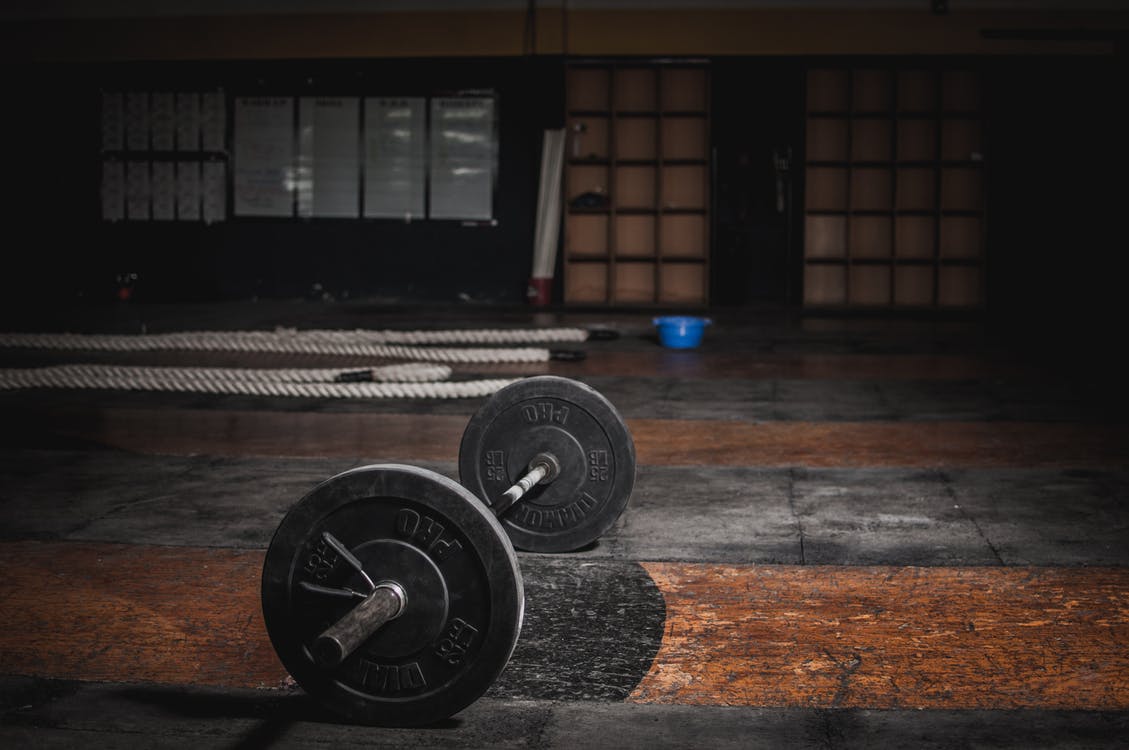Program design is an important step for the strength and conditioning coach. The program has to be executed by the athlete, it has to be continually evaluated and modified by the coach, but there are a few steps with program design that are important for influencing a program’s success:
1. Understand what level athlete you are working with
2. Analyze the sport, but avoid paralysis by analysis
3. The time of year changes things
4. Based on the above, where is the athlete currently?
5. You need a physical foundation
6. You need a movement skill foundation
7. Prevent injuries
8. You need to be able to apply that physical and movement skill foundation
Understand What Level Athlete You Are Working With
This is a critical first step because different levels of athletes have very different needs. With elite athletes it’s not unusual to employ an enormous amount of technology to analyze performance, advanced recovery measures, and full-time training. This is not the case with other levels of athletes.
Each level of athlete should have different priorities. For example, youth sports need to be exposed to sport, need a general level of fitness, and need a broad movement skill foundation. They don’t require sport-specific strength and conditioning. On the other hand, elite athletes are genetically predisposed to their sport, have the luxury of training full-time, and must devote their time to sport-specific training.
Analyze the Sport, But Avoid Paralysis By Analysis
Analyzing the sport is important for directing the strength and conditioning program, however this needs to be filtered by the level of the athlete. Analyzing the sport tells us which physical qualities are important, tells us what kind of movement patterns the athlete needs to be proficient in, and tells us what kind of conditioning the athlete needs to be engaged in.
Having said that, the amount of data that a coach can accumulate today about the sport is incredible. I’m not sure that it is all that useful in a team environment, though I totally understand the need to sell the service. This data is particularly used with conditioning workouts (work:rest ratios, percentage of a game spent at a particular movement pattern/velocity, etc.) and recovery (for example, HRV information). The conditioning information can give us information about means and tendencies, but we still cannot duplicate the randomness and chaos inherent in real game situations. The HRV data is great in a one-to-one situation, but the truth is that athletes have to be prepared to perform during a game. We’re not going to reschedule the NBA finals just because someone’s HRV data indicates that they are having a bad day.
The Time of Year Changes Things
The time of the year, filtered by the level of the athlete, is going to change our programming focus. Off-season gives us more time to focus on general fitness and movement skills. In-season means we have to focus more on sport-specificity. However, the level of development dictates that. The focus I just described is not necessary for youth, works great with high school athletes, needs to be modified somewhat for college-level athletes, and does not work at all for elite athletes. High school athletes need to work on everything, so classic periodization is ideal. College athletes are more focused on a specific sport, today multi-sport college athletes are rare. This means a shorter “general” focus in training and a longer “in-between” focus to transition between the general and competition phases. Elite athletes tend to have such a long season, travel more, and are (generally) close to their genetic potential in terms of their physical gifts that they have to focus more on specificity, so classic periodization doesn’t work as well for them.
Based On The Above, Where Is The Athlete Currently?
Based upon the athlete’s level of development, the needs of the sport, and the time of year, where is the athlete in terms of his or her preparation? This cannot be ignored because it should drive the strength and conditioning program. If the athlete isn’t ready for participation, then ignoring this will cause a bigger problem down the line.
To evaluate this, it is important to select tests that do four things:
· Allow you to compare the athlete to his/her teammates in similar positions and sports.
· Measure the physical qualities/movements that are important for the sport.
· Give you feedback about the effectiveness of your program.
· If possible, indicate the athlete’s risk for non-contact injuries.
All of that information can then be used to develop and modify the program.
You Need A Physical Foundation
This statement needs to be filtered by all the above. The majority of athletes aren’t elite. The majority of athletes, as a result, are going to benefit from some focus on general training. This means increasing muscle mass, strength, power, endurance, speed, etc. Depending upon the level of the athlete and the sport, this may be for a longer or shorter time period, but it should still be done. Remember, in many cases some of the non-contact joint injuries can be prevented by addressing deficiencies or potential imbalances early on.
You Need A Movement Skill Foundation
An athlete that knows how to move has an advantage both in performance and in learning over one that does not. A long time ago we played multiple sports, had physical education in school, and spent a lot of our lives playing outside. That’s not the case today. It’s not unusual to have pre-high school athletes specializing in a sport and receiving highly technical instruction in that sport’s skills.
It’s important, early on, to focus on general movement skills. How to run, jumping rope, kicking, throwing, catching, etc. This applies to other levels of athletes, but as the athlete progresses towards the elite level the movement skills have to become much more sport-specific just like the strength training and conditioning.
Prevent Injuries
A good analysis of the sport is going to tell you what injuries are common and why. This is the first step. A good analysis of the athlete is going to tell you if they are predisposed to certain injuries, it will also indicate whether there are fitness/movement skill deficiencies that are going to contribute to these things. This can then be addressed in the program and it usually doesn’t take much time.
Apply The Physical And Movement Foundation
After the high school level, there’s a need to begin systematically applying the physical and movement foundation to the sport. For example, one-legged exercises, exercises that develop eccentric strength, exercises that strengthen the hip extension role of the hamstrings, speed/agility that focuses on event movement patterns, etc. Again, with all levels there is a role for general training but the window for this shrinks as the athlete progresses in competition level.




1 thought on “Strength and Conditioning for Sports: Program Design Thoughts”
Program design is still an aspect of training that people do not comprehend. it’s not about adding excessive volume or excessive exercises!!! Less is more!! Intensity is Key!!
Comments are closed.